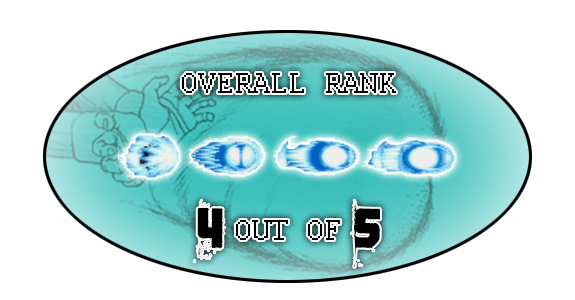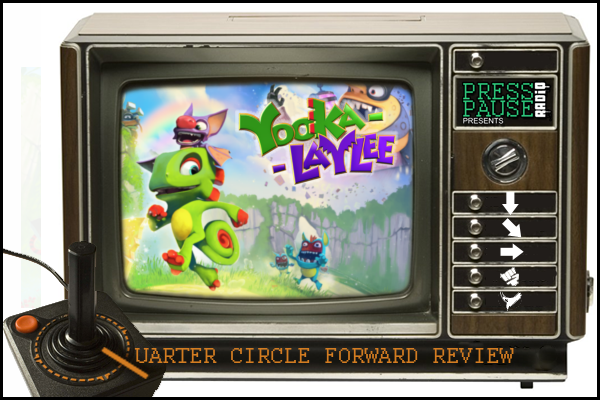
 here’s been somewhat of a void in gaming that I’ve steadily seen getting filled the last two years. It seemed like forever and ago when we had something to play that was just whimsical or wholesome from a title that wasn’t developed by Nintendo. The dearth of platformers has led to KickStarter being used as a platform to those vocal few however; a demand for the comeback of games that featured charming characters who would run around and pick things up until something happens.
here’s been somewhat of a void in gaming that I’ve steadily seen getting filled the last two years. It seemed like forever and ago when we had something to play that was just whimsical or wholesome from a title that wasn’t developed by Nintendo. The dearth of platformers has led to KickStarter being used as a platform to those vocal few however; a demand for the comeback of games that featured charming characters who would run around and pick things up until something happens.
The Veteran team members from Rare’s Nintendo 64 days like Chris Sutherland, Gavin Price, and Grant Kirkhope heard that demand, and decided that the crowdfunding route was going to be their best shot at making it happen, and made it happen they did. These men and several other members formed the studio Playtonic Games, and launched a KickStarter for a game named Yooka-Laylee.
The spiritual successor to the Bear and Bird Games that’re still held in high regards was able to reach its projected goal of $270,041 in less than an hour, and quickly went on to earn a million dollars faster than any other video game project has ever earned on KickStarter—this was a big deal.
Fast-forward to two years later to where the Platformer is just days away from release, and while I can’t tell whether or not that it’s still a big deal with games like Super Mario Odyssey, A Hat in Time, and a slew of others hitting 2017. I can tell you that they’ll have a hard act to follow because this Buddy-duo adventure is a great romp, even with its fair share of fumbles.
Yooka-Laylee has some pretty big shoes to fill, as the thinly-veiled tribute is tasked with more than just doing right by the Banjo-Kazooie legacy, but it also has to prove that this genre can still be fun. I can tell you that it definitely nails one of those goals down pat, and even then, that’s at its own detriment at times.
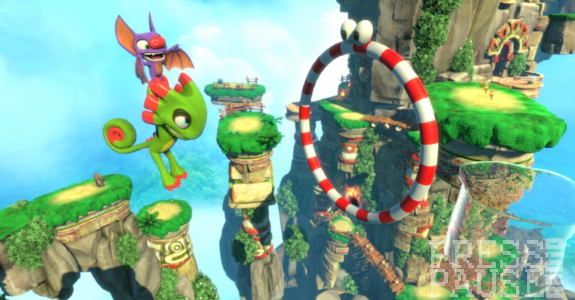
It’s impossible not to mention the source-material that the new Platformer was inspired by because nearly everything you’ll see in Yooka-Laylee is a spot-on analog to the original Banjo-Kazooie; like, from the moment you boot up the File Screen, the UI of the Save Slot setup is ripped right out of the 1998 Nintendo 64 classic.
The references within the dialogue and presentation are enjoyable, but a lot of times where an event or scene would play out for the sake of pandering to Banjo-Kazooie, especially during the interactions that’re meant to characterize Yooka and Laylee. Any time the critters get to show off their personalities, they merely just come off as High Definition carbon copies instead. The intent of Playtonic’s meta-humor with the game isn’t lost on me, believe me, there are a lot of laughs to have whenever Yooka-Laylee breaks the fourth wall, and drops some commentary on the state of the industry or culture of games—it just got old whenever it was at the 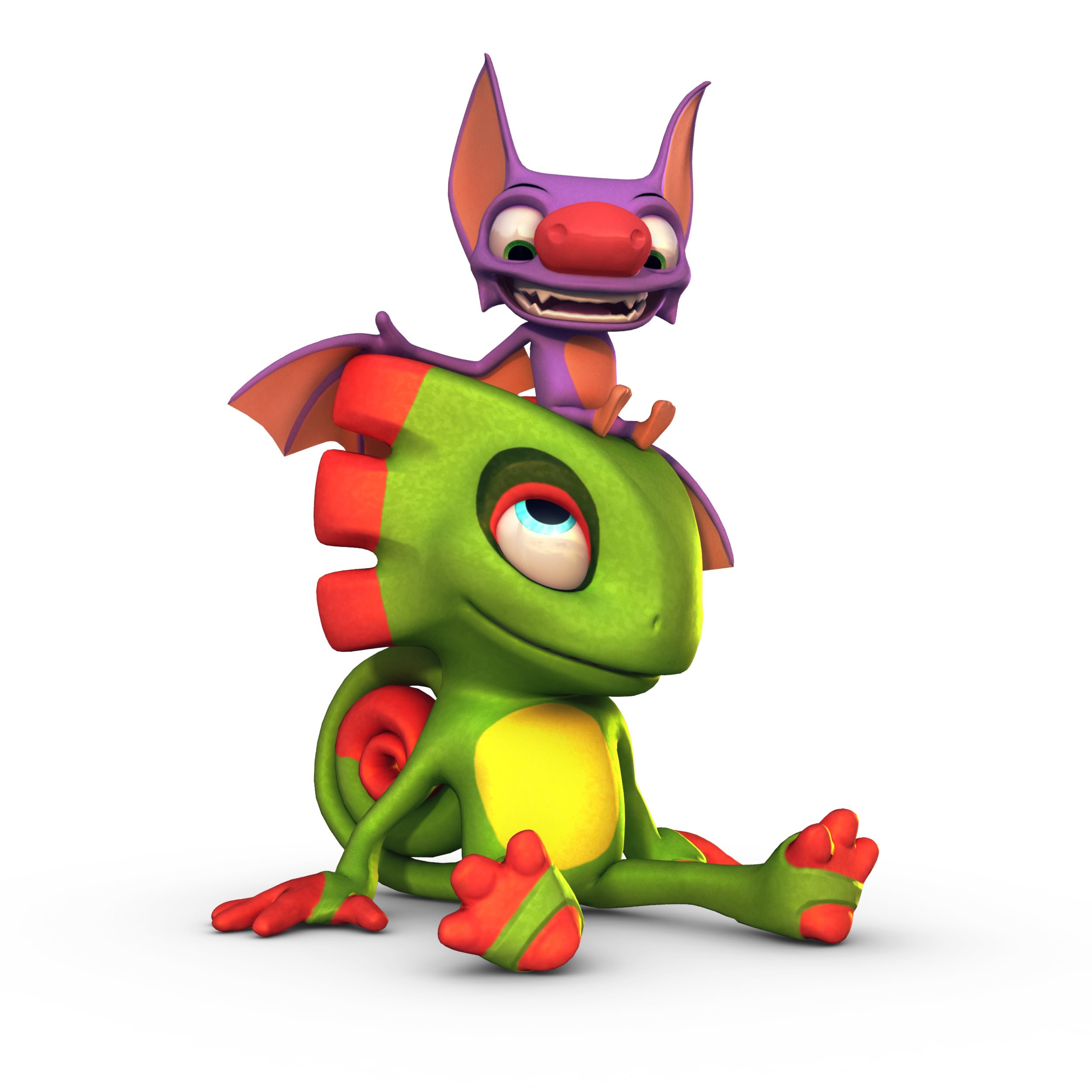 expense of the heroes themselves. Still, the reverse-identity crisis that Yooka-Laylee can still work in its favor through most of the experience, especially when you look at it as a modern-retelling of a game that some may have missed out on, and that boy does it really go for broke on that formula.
expense of the heroes themselves. Still, the reverse-identity crisis that Yooka-Laylee can still work in its favor through most of the experience, especially when you look at it as a modern-retelling of a game that some may have missed out on, and that boy does it really go for broke on that formula.
The story will open ups to the pair discovering the importance of a magic tome, and the “Pagies” that rip free from it, Yooka the chameleon and Laylee the bat set off to find the golden pamphlets before they fall into the hands of their arch-nemesis Captial B, and his stooge sidekick Dr. Quack. In order to stop whatever diabolical plan the evil mogul has, the lizard/bat team will have to snatch each and every Pagie they can in order to progress through the five worlds, as they’ll hold even more Pagies for you to find—seriously, there’s a ton of shit to grab in this adventure.
There are 25 sheets to snag, and in addition, 200 quills to pilfer, with a various assortment of other goods to grab that’re related to the retrieval of the Pagies, and be put through some ringers in your chase to collect them all. Much like what you’d expect out of the numerous challenges that hold the paper prizes you seek will require some equal shares of wit and skill, and it’s here where the game stands out from its nineteen-year-old counterpart—it amplifies all of these mechanics to obnoxious levels.
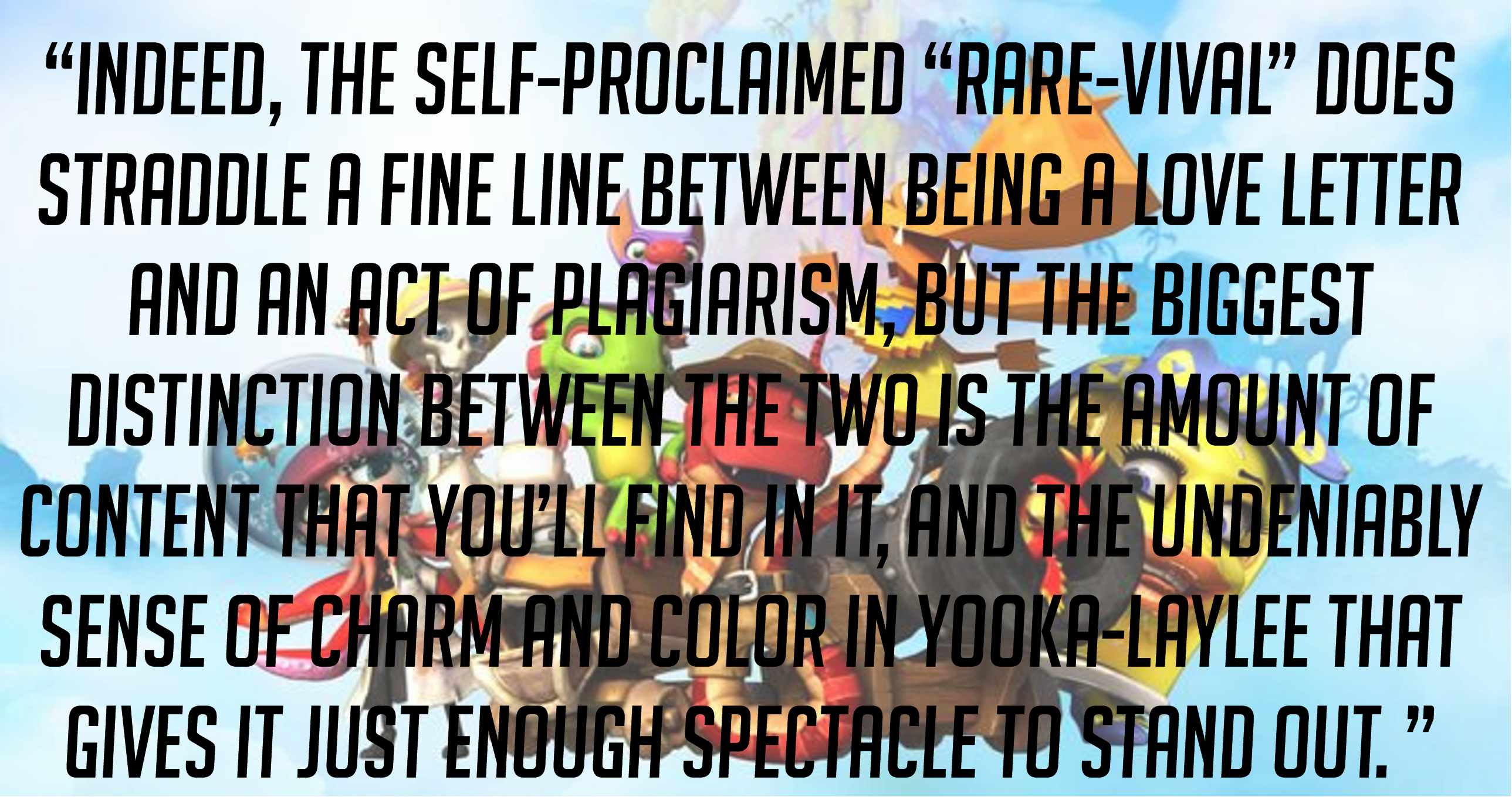
Whether it’s a weighing yourself down in front of high turbine fans, shoveling piles of powdered ice as a genetically modified snow plow, or playing a giant slot machine, the collection possibilities are nearly endless, and the pacing can just feel a bit off as result—especially when it comes to the objectives that you have to backtrack for. The sheer size and scale of the worlds allowed me to spend enough time in them to get intimate 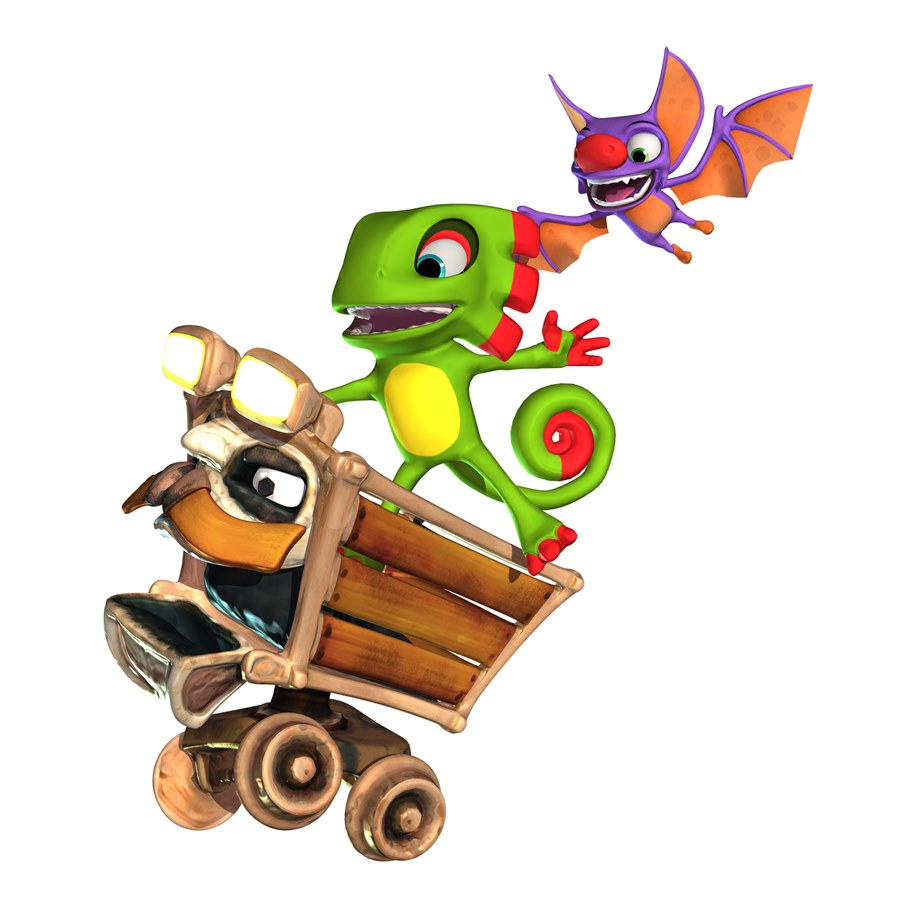 with layout to the point where I knew where I explored and didn’t, but it also led to me getting fatigued about my surroundings, driving me to leave for the next area long before it was even completed.
with layout to the point where I knew where I explored and didn’t, but it also led to me getting fatigued about my surroundings, driving me to leave for the next area long before it was even completed.
That’s not to say that I didn’t love my time with each level, but there were moments where the length of my visit just wore out its welcome, and I just couldn’t be bothered to challenge the more tedious puzzles that were left—which were a lot. A lot of the puzzles are fairly intuitive to what calls for the solution and what your arsenal of moves can do to find the answer, but there just some that are stupid cryptic. These instances are especially frustrating, when there’s last piece of the puzzle that’ll leave you scratching your head that came at the end of a long-winded list of steps to get to that point.
The control of Yooka-Laylee is also a little rough as there will be moments where the apex of your jump will alter in height, creating awkward points of contact for landing, and maneuverability is another issue altogether. Upon learning the Reptile-roll, my hands naturally conceded to the concept of frequently using it the way I with Banjo-Kazooie’s Talon Trot to get around, but I quickly tempered my application of the trick when I just kept struggling with the turning and handling of the duo.
That move, and other instances in the game that involved a transformation, or another advanced move were frustrating to operate anytime I needed to turn because the pair often careened all over the place like a refrigerator on roller-skates.
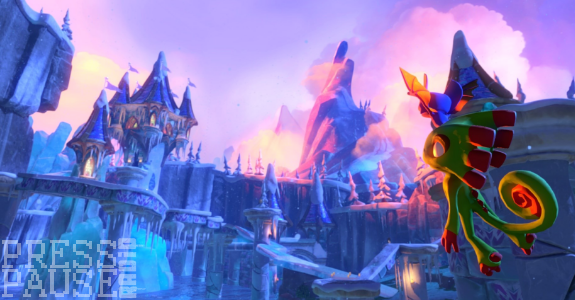
Performance issues withstanding though, I found myself immensely enjoying Yooka-Laylee, often questioning whether or not I enjoyed it more than Breath of The Wild even, but then I kept reminding myself that I just had a lot of nostalgia for Banjo-Kazooie. During certain trials where I felt proud about grabbing a Pagie, or beating a boss, I had to temper my excitement of the game when it came to appreciating it in its own right as a spiritual successor with the difference of having a higher difficulty curve.
Indeed, the self-proclaimed “Rare-vival” does straddle a fine line between being a love letter and an act of plagiarism, but the biggest distinction between the two is the amount of content that you’ll find in it, and the undeniable sense of charm and color in Yooka-Laylee that gives it just enough spectacle to stand out.
For all the Banjo-Kazooie fans that supported the game since its KickStarter, the experience is exactly what you wanted, but that’s where it also suffers because Yooka-Laylee’s idea of modernizing the formula for the present day climate involves inflating the scale of its levels and number of collectibles to excessive proportions. I still recommend it, but it comes with the caveat of accepting that the game is not better than the sum of its parts, and barely even up to par with it at times, it’s just pretty good, and that’s perfectly OK.
